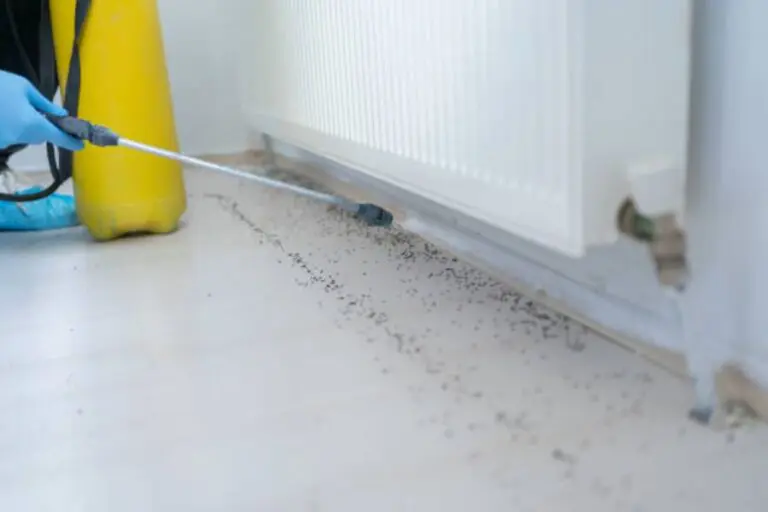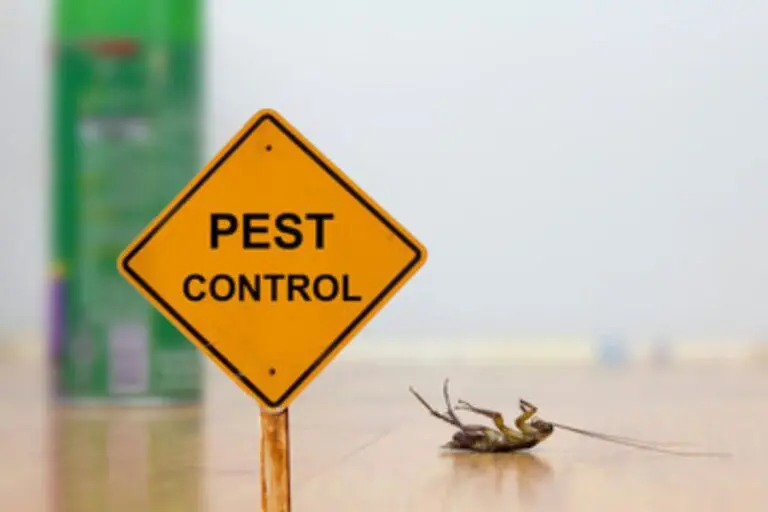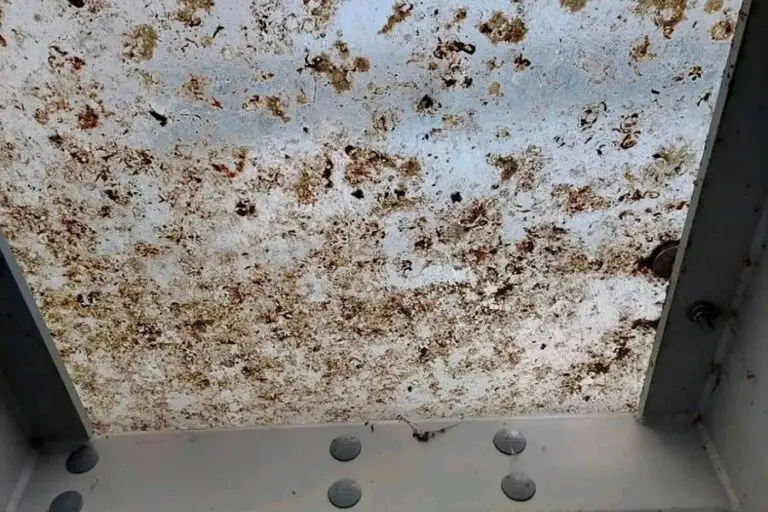Mastering Flea Control: Prevention & Treatment
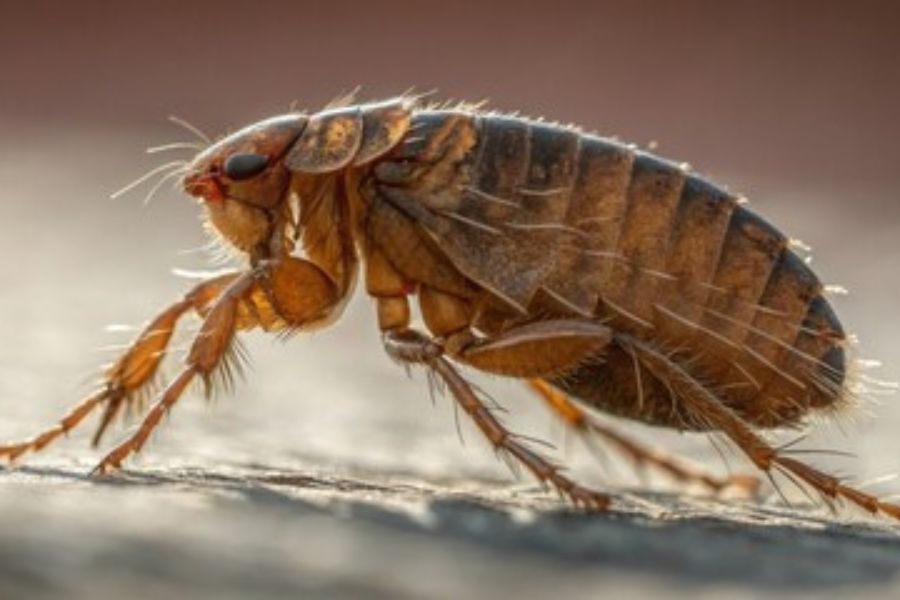
Fleas are more than just a minor nuisance for pets and homeowners—they are resilient, adaptable pests with a complex life cycle that allows them to thrive in diverse environments. A thorough understanding of the flea life cycle is essential to implement effective flea control strategies that tackle each stage of their development. This guide will cover everything you need to know about fleas, from their reproductive habits and egg-laying prowess to their larval and pupal stages, and how to manage each stage through targeted flea control measures.
The Life Cycle of a Flea
The life cycle of a flea is intricate and involves four main stages: egg, larva, pupa, and adult. Each of these stages presents unique characteristics and challenges for flea control efforts. Flea control begins by targeting adult fleas that lay eggs on the host animal. As the eggs fall into the environment, they progress through various developmental stages before reaching adulthood and repeating the cycle.
Flea control is most effective when each stage of the flea life cycle is addressed. If not managed continuously, these pests can develop resistance and adapt to unfavourable conditions, allowing their populations to rebound.
Reproduction and the Flea’s Life Cycle
Flea reproduction begins shortly after adult fleas find a host. A single female flea can lay between 500 and 600 eggs throughout her lifetime, contributing to rapid population growth. It’s essential to break this reproductive cycle to achieve effective flea control. Since adult fleas can begin laying eggs within 48 hours of feeding on a host, early intervention and consistent flea control treatments are critical.
Understanding Flea Eggs and Their Habitat
Flea eggs are small, oval-shaped, and pearly white, with a sticky coating that allows them to cling to surfaces. Initially laid on the host animal, they eventually fall off onto carpets, bedding, and other areas where the host spends time. Proper flea control requires thorough cleaning and sanitation of areas where flea eggs are likely to be deposited, as removing eggs from the environment is a vital first step in managing flea populations.
Egg-Laying Capacity of Fleas
One reason flea control can be challenging is the prolific egg-laying capacity of female fleas. With the potential to lay up to 600 eggs in her lifetime, a single flea can lead to a rapid infestation. Addressing this egg-laying stage through vacuuming, laundering pet bedding, and using flea control products that inhibit egg development is crucial to prevent the exponential growth of a flea population.
Hatching Time and Factors Affecting Flea Eggs
Depending on environmental conditions, flea eggs can hatch within 2 to 14 days. Warmth, humidity, and the presence of a nearby host are essential factors influencing egg development. Under favourable conditions, eggs hatch faster, making it necessary to maintain a dry, well-ventilated environment as part of a flea control strategy. Vacuuming and washing pet bedding and carpets in hot water also help disrupt hatching.
Characteristics and Habitat of Flea Larvae
Once hatched, flea larvae emerge as tiny, worm-like creatures with segmented bodies. They are photophobic, avoiding light and thriving in dark, moist environments such as carpet fibres, pet bedding, and floor crevices. Effective flea control during this stage requires a thorough cleaning, as flea larvae feed on organic debris like skin cells and flea faeces. Removing these food sources can reduce larval survival rates and curb flea population growth.
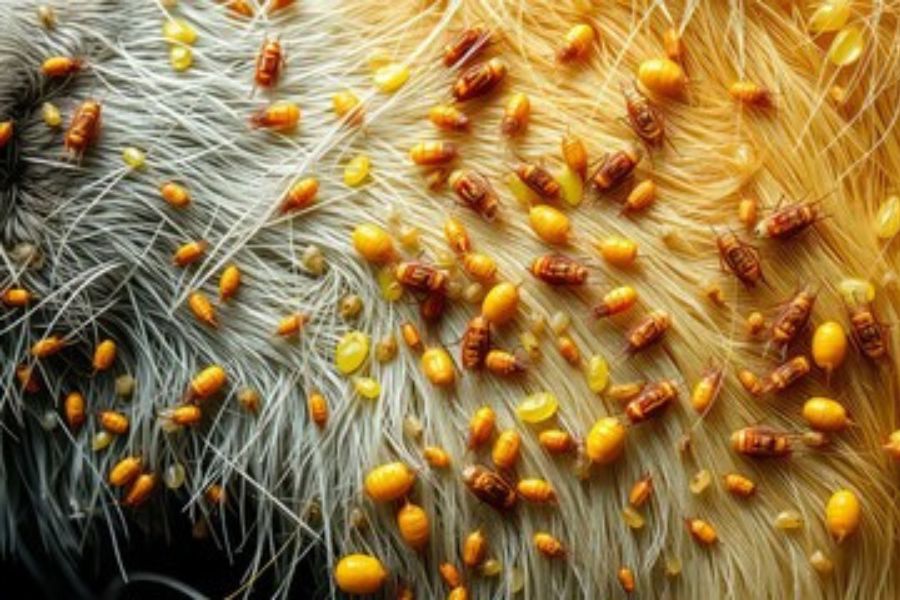
Development and Feeding Habits of Flea Larvae
Flea larvae feed voraciously on organic debris, including adult flea droppings, skin flakes, and other materials found in their environment. Flea larvae grow and prepare to enter the pupal stage by feeding and shedding their outer skins multiple times. Flea control at this stage involves targeting larvae through vacuuming, laundering items in hot water, and using specialised flea control products like insect growth regulators (IGRs) to prevent larvae from reaching adulthood.
Survival of Flea Larvae in Outdoor Environments
While flea larvae are primarily found indoors, they can survive outdoors in shaded, humid areas like lawns, gardens, or shaded soil. Implementing indoor and outdoor flea control measures is essential to manage flea populations effectively. For outdoor flea control, focus on maintaining a tidy yard by removing debris and keeping grass trimmed. Treating areas where pets frequently rest can also help reduce outdoor flea larvae.
The Pupal Stage and Transformation to Adulthood
The pupal stage is a crucial phase in the flea life cycle, where the larva transforms into an adult within a cocoon. This stage can last from days to months, depending on environmental factors. Flea control during this stage is challenging, as the pupal cocoon resists many insecticides. Vacuuming can help by disturbing the pupae and encouraging them to emerge, where they can then be targeted with flea control products.
Protective Mechanisms of Flea Pupae and Emergence as Adults
Flea pupae are protected by a cocoon made from a sticky silk substance that helps them blend into their surroundings, making them difficult to detect and eliminate. Pupae remain in this cocoon until they sense heat, vibrations, or carbon dioxide, indicating the presence of a host. Implementing flea control strategies that reduce these triggers, such as minimising pet movement in infested areas, can help manage emerging fleas. When pupae sense favourable conditions, they appear as adult fleas ready to feed and reproduce, continuing the flea life cycle.
Implementing Effective Flea Control at Each Life Cycle Stage
Effective flea control requires a multi-pronged approach that targets each life cycle stage. Here’s how to address flea control comprehensively:
Adult Fleas: Use flea control products that target adult fleas, such as flea combs, topical treatments, and flea collars for pets. Regular grooming and pet-specific flea control treatments help manage the adult flea population directly on your pet.
Flea Eggs: Clean and vacuum areas where eggs may be deposited, including pet bedding, carpets, and furniture. Launder these items regularly and use flea control products that prevent eggs from developing.
Larvae: Maintain a clean environment by vacuuming regularly to remove larvae from carpets and other surfaces. Insect growth regulators (IGRs) are effective flea control products that prevent larvae from reaching adulthood, halting population growth.
Pupae: Flea control at the pupal stage can be challenging due to their protective cocoons. Regular vacuuming can help disrupt pupae, encouraging them to emerge where flea control sprays or treatments can target them.
Outdoor Flea Control: Keep your yard clean and trim vegetation where fleas may hide. If outdoor infestations persist, treat shaded areas where pets play with outdoor flea control products.
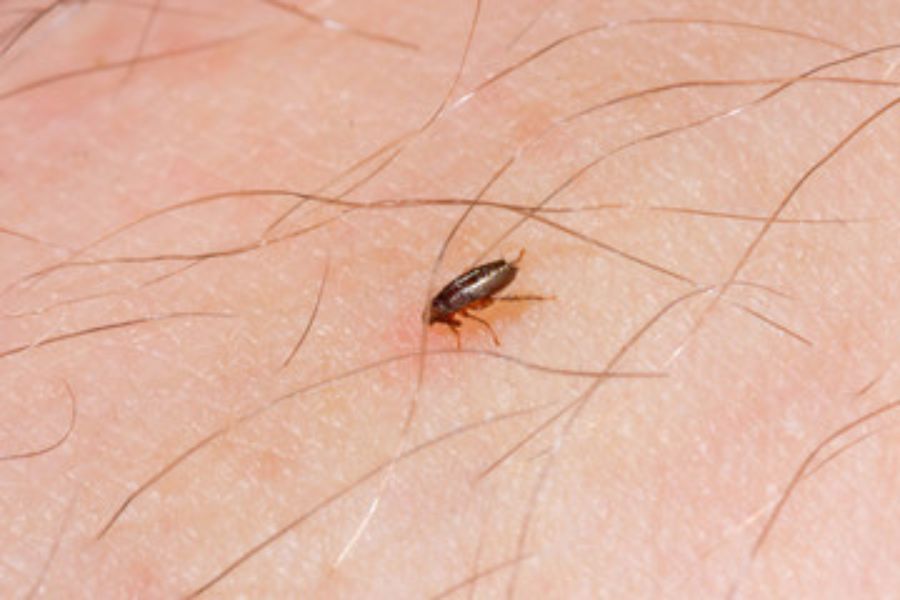
Flea Control: A Proactive Approach for Lasting Results
You can effectively reduce and prevent infestations by understanding the flea life cycle and implementing targeted flea control measures. Flea control is most successful when it involves a combination of cleanliness, vacuuming, pet treatments, and appropriate insecticides. From eliminating eggs and larvae to managing adult populations, comprehensive flea control efforts will keep your environment and pets flea-free. With vigilance and regular maintenance, you can successfully manage and prevent the challenges associated with fleas, ensuring a comfortable, pest-free home for everyone.
